
Issue #78: Saturday 22 February, 2025
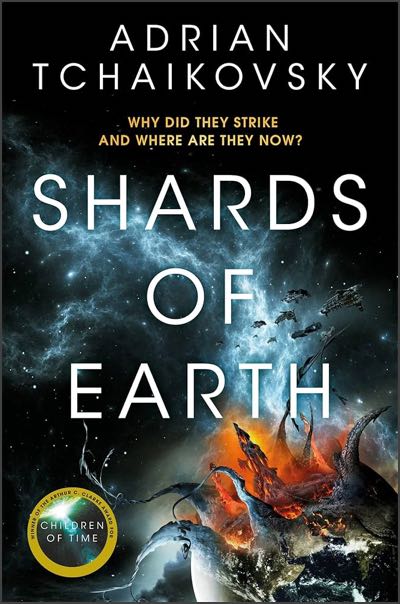
Enjoyable-enough space opera, the first in a trilogy. It will probably give you some sense of how I feel about it to say that I’m not racing out to buy the other books in the trilogy.
Brief summary: in the far future, humanity has spread throughout the stars, establishing colonies on many worlds and encountering a number of alien species. Before the start of the action of this book, though, a moon-sized object (or moon-sized being, we find out) appears from “unspace” next to the Earth and proceeds to use enormous gravitational forces to warp it into a shape very different from a sphere, into a flower or a work of art. No one knows why they are doing this. The same happens to many colony worlds until the Architects are driven away, at least for a time, by mentally-trained humans called Intermediaries and the female soldiers called Partheni (think future Amazons).
It has some similarities to the Expanse series: weird alien adversaries and a close-knit, diverse, freelance crew mostly out for their own interests, but prepared to work for humanity as a whole when required.
As I say, enjoyable enough but not compelling.
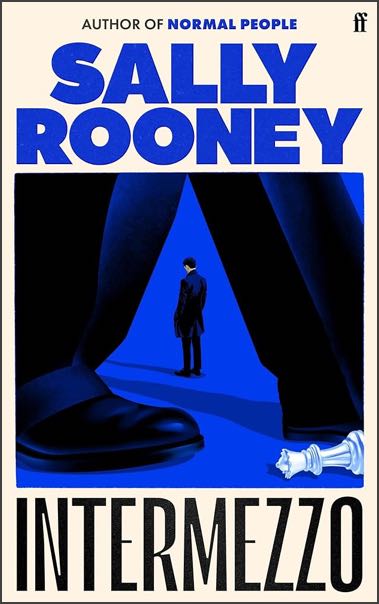
I’m going to have trouble doing justice to this book, other than to say that I found it excellent, definitely the best book I read since the last issue of this fanzine.
The only other book I’ve read by Rooney was Normal People, which I also liked a great deal. She seems to specialise in intense personal dramas between characters who are deeply interesting even while in many ways being quite ordinary.
The focus of this book is on two brothers living in or around Dublin, and their troubled relationship with each other, and with several women in their lives.
The elder by some ten years and now in his thirties is Peter Koubek, a successful barrister specialising in human rights issues. His much-younger brother is Ivan, twenty-two years old, a chess champion sometimes talked about as being a future Grand Master, but who recently has found himself losing games and failing to achieve his potential. Ivan makes a little money from data processing, but is always having trouble paying his rent on a bed-sitter.
At the start of the book, Peter and Ivan’s father has recently died after succumbing to cancer and both brothers are in their own individual ways, trying to cope with their grief.
The opening chapter is written from Peter’s point of view. It is told, as are all his chapters, in a stream-of-consciousness style as he wanders around Dublin, surely a nod to Joyce’s Ulysses. We’re privy to Peter’s every thought and it’s clear that he’s not in a good place mentally. There are reasons for this, of course, which become clear as the novel proceeds.
Ivan’s chapters are more straightforward and told from an omiscient third-party viewpoint, as are those from the point of view of Margaret, a woman in her mid-thirties who Ivan meets and begins a romantic relationship with, to her joy but also much to her trepidation and uncertainty as she fears it becoming public knowledge.
Two other women play an important part in the novel, both of them in relation to Peter. His struggles to resolve his connections with these women drive him to thoughts of suicide. None of this is helped by a severe breakdown in his relationship to Ivan over the latter’s association with Margaret.
I really liked this book, but as I said, it’s very intense, and there were times when I could only read a few pages at a time before needing to put the book down.
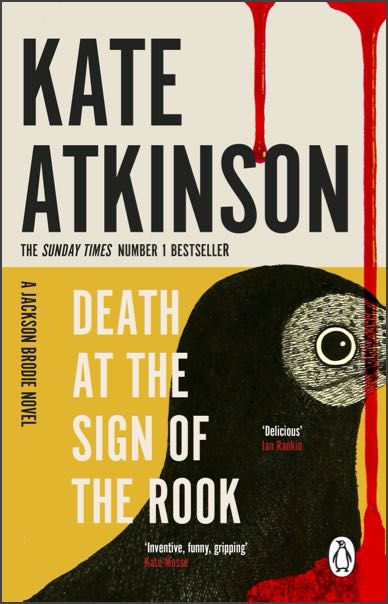
An entertaining read, the latest in Atkinson’s excellent series featuring the ex-police detective Jackson Brodie. I was especially pleased to see also the return of my favourite character from those books, young Reggie Chase, who is the standout in When Will There Be Good News? She’s now grown up and has joined the police force in Yorkshire. We saw her as a uniformed officer in the previous book, Big Sky but she’s now graduated to be a detective.
The novel is at times a bit of a farce (deliberately so, I’m sure). Jackson is on the trail of an artwork apparently stolen from the home of an old lady after she died; and Reggie was also called in some months before to investigate a stolen Turner from a mansion. Are these two crimes connected? Also in the mix is an escaped serial killer. Somehow they all end up together in the mansion, part of which has been turned into a hotel, hosting one of those murder mystery staged events. Did I say sometimes the plot seems farcical? But not in a bad way.
Not really a lot more to say about it, just a really enjoyable read, a good few chuckles, and unmissable if you like the Jackson Brodie series.
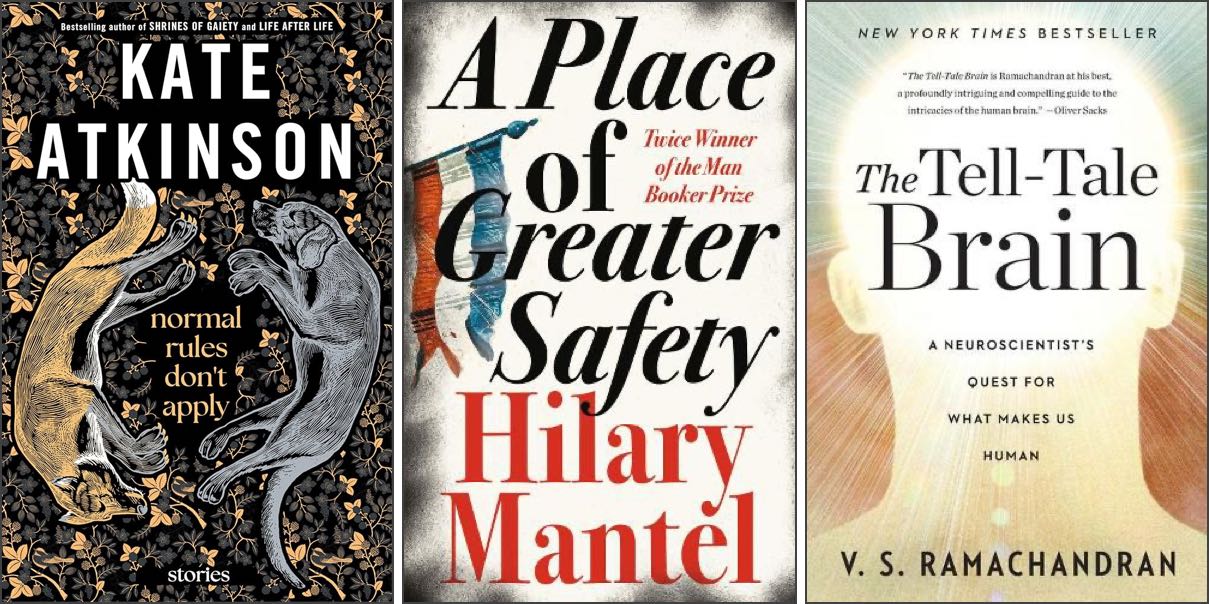
I’ve been watching a lot more movies and TV shows than in recent months.
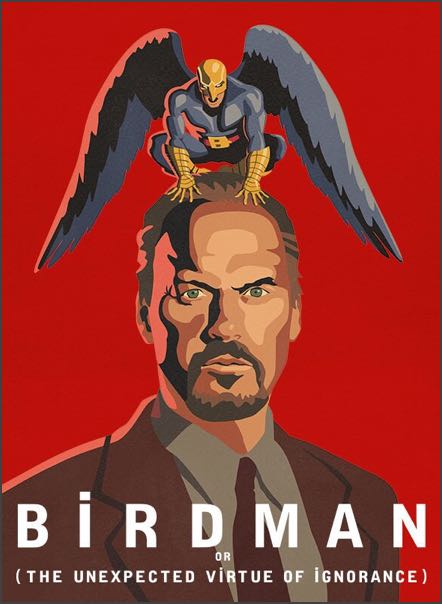
Strange and intriguing 2014 movie featuring Michael Keaton, as Riggan Thomson, a one-time Holywood actor famous for his role in superhero movies featuring a hero called Birdman. Now he’s trying to succeed with a play on Broadway which he is both directing and acting in.
The film is directed by Alejandro González Iñárritu, and is filmed so as to seem to be one continuous take from beginning to end.
Emma Stone is excellent as Riggan’s teenage daughter Sam. Edward Norton is also very good as Mike Shiner, the top-notch actor persuaded to join the cast of the play, but he’s a complete prick and comes close to sabotaging the production. And Michael Keaton is great as Riggan; I loved the occasional fantastical touch (which becomes full-blown at the end of the movie)
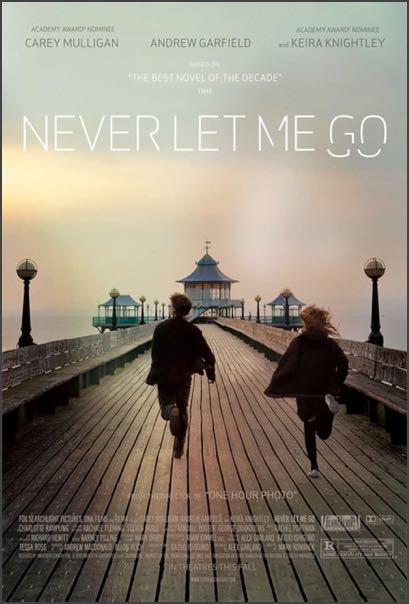
This 2010 movie, directed by Mark Romanek, is based on the novel by Kazuo Ishiguro, which I read a couple of years ago and thought was excellent if heartbreaking. The movie is similarly heartbreaking but doesn’t quite have the depth of the novel—understandable since the movie length isn’t up to capturing the entirety of the book.
The concept is a science-fictional one, of young people being deliberately created to act as organ donors, not too far-fetched an idea, however morally repellent. The focus of both book and film is not on this technology as such, but on the characters as they grow up from children and their doomed love story as young adults. Very sad indeed.
The child actors Izzy Meikle-Small, Ella Purnell and Charlie Rowe are uniformly excellent, as are their young-adult counterparts Carey Mulligan, Keira Knightley and Andrew Garfield.
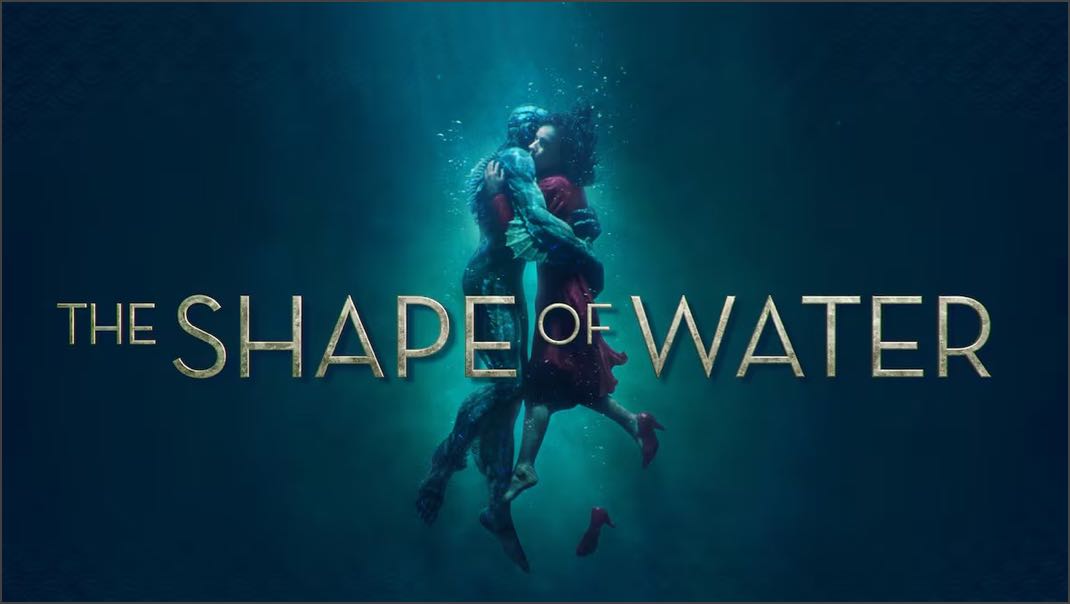
I really liked this movie, though I could see the “surprise” ending coming a mile away.
Directed by Guillermo del Toro, it features Sally Hawkins (who played the small part of Miss Lucy in Never Let Me Go) as Elisa Esposito, working as a janitor in a scientific institution. The era seems to be the mid-1950s, certainly during the Cold War. While Elisa can hear and understand, she is unable to speak or make any vocal noise. Raised as an orphan, there are scars on her neck and there’s a suggestion that someone operated on her as a child to stop her vocal chords working.
When a U.S. expedition discovers an aquatic humanoid creature off the coast of South America, the creature is brought to the institution where Elisa works. The man in charge of the expedition and is now controlling the research is Colonel Richard Strickland, who treats the creature with both cruelty and disgust.
Elisa, however, finds it fascinating and does what she can in secret to treat it kindly, and eventually a very unlikely romantic attraction develops.
Parts of this story are very moving, but it’s rather heavy-handed in pushing its basic question: who is the real monster in this story? And as I say, I saw the ending of the movie coming almost from the start.
Still, an enjoyable watch.
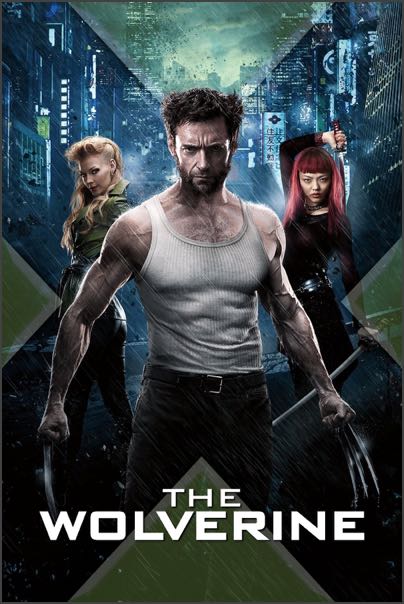
This movie, released in 2013, has Hugh Jackman reprising his role as the mutant Wolverine, this time in a Japanese setting, explained by a prologue in which he saves a Japanese soldier from the atom-bomb attack on Nagasaki.
We have lots of violent action and of course a love story because why wouldn’t you?
OK, mindless stuff.
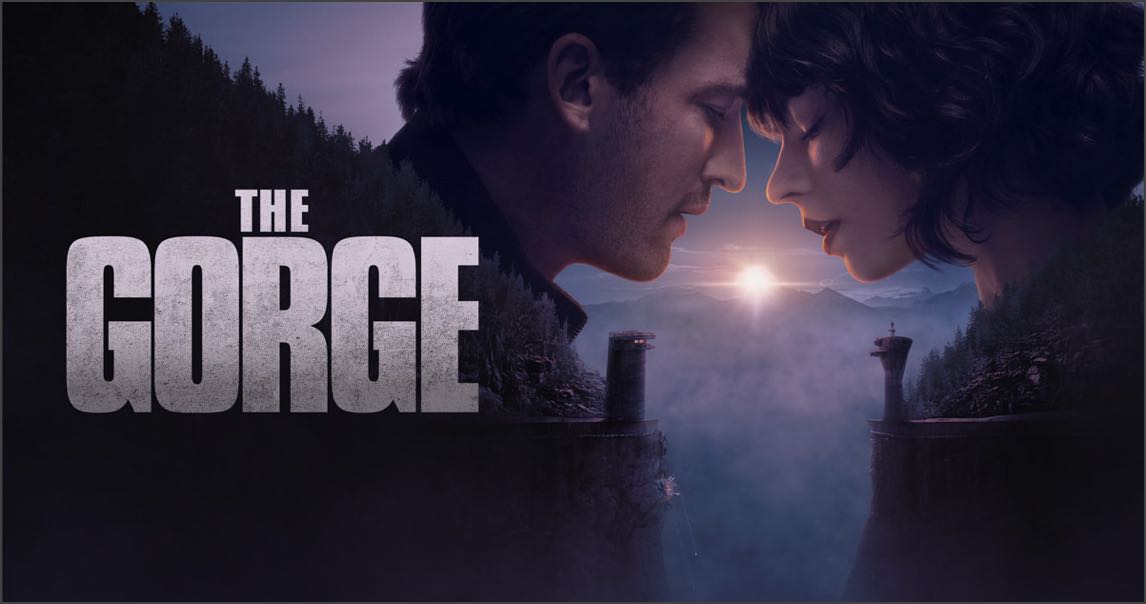
All the way through this movie, newly released on Apple TV+, I found myself thinking “this is just a rom-com with zombies”. I don’t see much reason to change that brief assessment. Warning: spoilers (not that you couldn’t guess them from the trailer).
The unlikely premise is of a strange valley or deep mist-shrouded gorge in some unnamed country over which both the U.S.A. and the Soviets/Russians need to keep watch, armed with all sorts of powerful weaponry. So far so good. But at any particular time there is only one person occupying each watchtower to West and East (why?). This person is only contacted by radio once a month (why?) and their term of duty is one full year.
Cue the rom-com. The new occupant of the west tower is Levi, a handsome young man (played by Miles Teller) who is apparently a top-notch sniper. In the east tower, the new occupant, gosh wow, is a beautiful young woman Drasa (played by Anya Taylor-Joy), also a top-notch sniper. Would you believe it, but these two young people, spying each other with powerful binoculars, fall in love… and of course they both end up together down in the gorge fighting zombies.
Sigourney Weaver plays the villain (which she seems to be doing a lot of recently, she was the villain in Marvel’s The Defenders TV series).
Ho hum. Give it a miss.
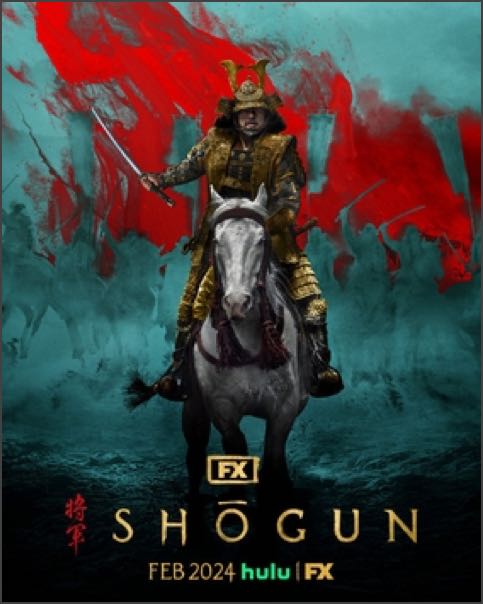
Terrific series based on James Clavell’s 1975 novel about a British sailor shipwrecked in Japan in the early 17th Century, and his adoption as a political tool by a Japanese warlord. Really well produced and acted. I was particularly pleased that all the Japanese characters are played by Asian actors (something apparently insisted on by Hiroyuki Sanada, who plays the warlord) and that all the Japanese dialog is spoken in Japanese, not dubbed into English.
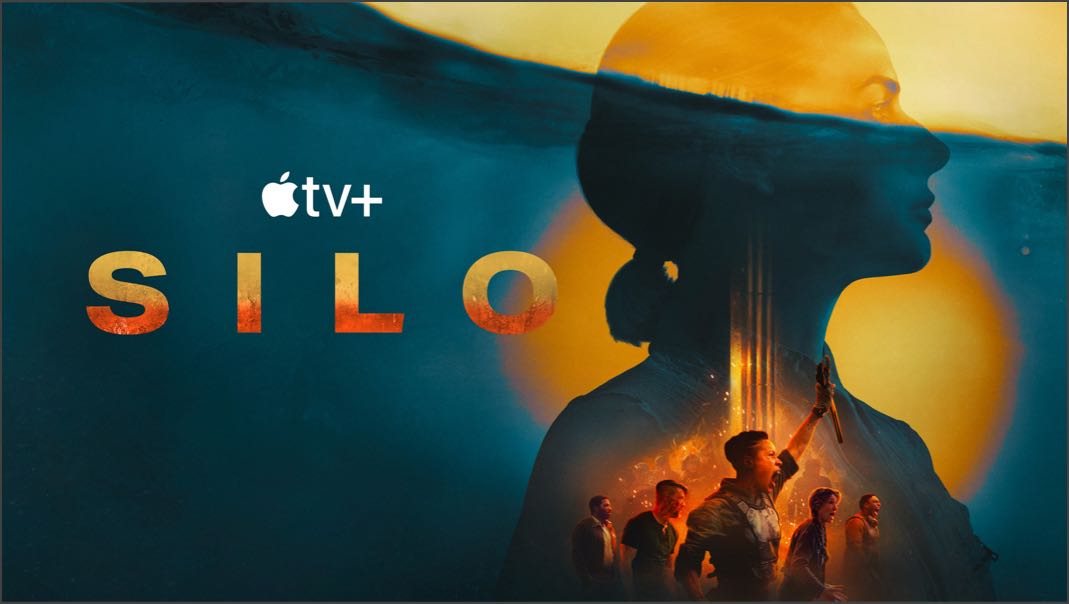
The second season of this series based on the stories by Hugh Howey. I have to agree with some other commentators such as John Gruber that this season takes far too long to get anywhere or explain mysteries.
That’s a pity, but I’ll nevertheless be watching the third season when it comes out, hoping the pace picks up a great deal. Certainly it may take a different tack. Right at the end of this season there is a scene set in the modern-day world rather than the dystopian future, a scene so startlingly at odds with the rest of the show that I had to double-check that I was still watching Silo. I’m guessing that there will be a series of flash-backs which set up for us why the silos were dug and why they are structured the way they are.
If you’d like to make a modest contribution to my efforts in this newsletter, I’d love it if you would buy me a coffee.
Want to comment? Please send an email to:

© Copyright 2025 by David R. Grigg
and licensed under Creative Commons License CC BY-ND 4.0.